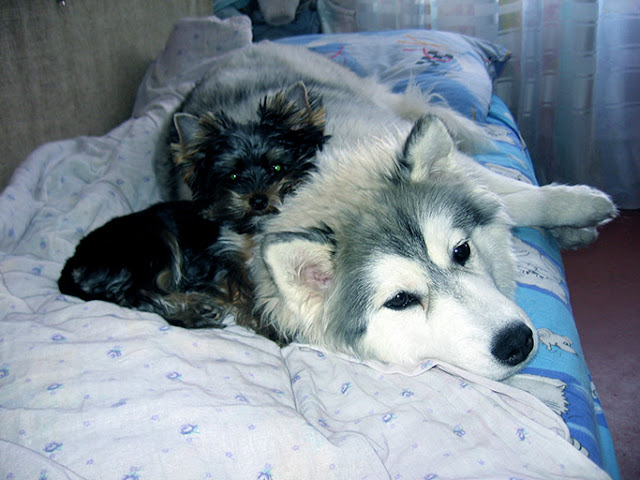Sew La Ti Embroidery [Search results for Smart]
Fashionable brand Hermès has created design for Smart
Smart House in Seattle, state of Washington

The Bulldogs (based on an underground comic-book)

WIP Wednesday
Yorkshire Terrier — Independent, Fearless And Inquisitive Dog!

The Judas Syndrome cover Lady Gaga's "Judas"

The Aryans Descend

WIP Wednesday
The Eco Project in Emirates

New face, new man: Shane Warne plays smooth-faced English gent as he accompanies Elizabeth Hurley to Elton John's White Tie and Tiara Ball




